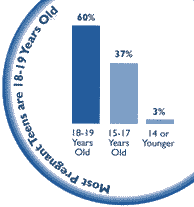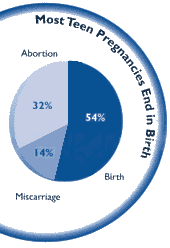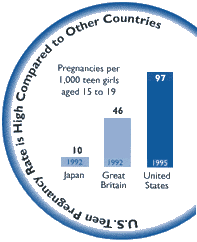: Structure, Practices, and Products in Ten States
New Study of Individual Health Insurance Market: Major Barriers Identified in Individual Health Insurance Market for People with Health Problems. Rates and Regulations Vary Across Ten States Studied
Denials, Waiting Periods, and High Premiums Pose Problems for Pre-Medicare Population
For Immediate Release Tuesday, March 17, 1998
Washington, DC – For many people who have health problems or who are approaching the age of retirement, coverage through the individual health insurance market may be priced out of reach or may be denied altogether, according to a new study prepared by the Alpha Center for the Kaiser Family Foundation. The study assesses policies sold in the individual market in ten states which range in size of population as well as scope of insurance regulation. According to the authors of the report:
- Coverage in the individual market is often denied to people with health problems. Six of the ten states studied – California, Florida, Louisiana, Montana, North Dakota, and Pennsylvania – allow insurers to deny coverage to applicants with a history of such health problems as rheumatoid arthritis, chronic headaches, kidney stones, angina, heart disease, or stroke.
- Premiums in the individual market vary significantly based on the age of the applicant. Premiums charged to a 60-year-old may be two to four times the premium charged to a 25-year-old. Nine out of the ten states – all except New York, the only state with community rating – allow insurers to base premiums on the applicant’s age. For example, in Washington state a healthy 25-year-old who buys insurance independently would pay $57 per month for one HMO policy, while a healthy 60-year-old would pay $205 for the same policy.
- Insurers often increase premiums or add riders for people in the individual market with pre-existing health conditions or risk factors. These increases, called “rate-ups,” can range from 20 to 80 percent above the base rate depending on the applicant’s medical history. For example, someone who has a history of heart disease may face a premium increase or be denied coverage altogether. Seven out of the ten states – all but New York, North Dakota, and Washington state – allow insurers to set premiums based on the applicant’s health status.
“In most states, insurers who sell individual policies deny coverage to people with health problems or charge them high premiums,” said Deborah J. Chollet, Ph.D., lead author of the report.
New York’s community rating ensures that individuals are charged the same rate regardless of age or health status. For example, a 25-year-old New Yorker would pay about $210 per month for HMO coverage, the same rate as would be charged to a 60-year-old. In a state without community rating, premiums can vary significantly. In California, for example, a healthy 25-year-old would be charged about $89 per month for a policy through one of the Preferred Provider Organizations (PPOs) in the state, while a healthy 60-year-old woman would pay $250, close to three times as much. If she has high blood pressure her base premium would increase by 25 percent for her pre-existing condition. She might have to purchase additional coverage (known as a “rider”) to cover prescription drugs, which range from $8 to $27 per month; she could pay a total of about $340 per month.
This study comes at a time when the number of Americans without health insurance continues to grow and policymakers are considering raising the age of Medicare eligibility to 67, which could require more older Americans to turn to the individual insurance market for coverage. And, at the same time the President is proposing an early Medicare buy-in for the under 65 population to help address the insurance access problems faced by many pre-Medicare uninsured people.
“The study shows why the individual insurance market – as it looks today – is not the answer for most of America’s uninsured,” said Drew E. Altman, Ph.D., President of the Kaiser Family Foundation. “This is especially true for people who are low-income or already sick, for whom coverage can be priced out of reach, or denied outright.”
The Individual Insurance Market and the Uninsured.
People under 65 who do not have job-based coverage and are not eligible for Medicaid or Medicare often have no option but the individual insurance market for their health coverage. These health insurance policies are purchased directly by people, often through an insurance agent or broker. Some 16 million Americans received health insurance in 1996 through the individual insurance market; 41 million people remain uninsured, two-thirds of whom live in families with incomes of less than $30,000. Pre-Medicare age seniors – those under 65 – who do not have insurance face some of the greatest difficulties obtaining coverage since they are more likely than younger people to have health problems.
The Health Insurance Portablity and Accountability Act of 1996 – often known as the Kassebaum-Kennedy Law after its principal sponsors – made it easier for people with job-based health coverage to purchase insurance in the individual market after leaving their jobs. A recent study by the General Accounting Office found that insurance is still inaccessible for many individuals covered by the law because some insurers are charging very high premiums and discouraging agents from selling policies. A Congressional hearing is scheduled for Thursday, March 19 to look at implementation of HIPAA.
The study also found that people with HIV/AIDS, in particular, face unique insurance challenges when trying to obtain coverage through the individual insurance market. While five of the ten states studied – New York, North Dakota, Iowa, California, and Washington – require that HIV be treated the same as other illnesses, the remaining five allow insurers to limit coverage for this disease. Where permitted by law, health plans may impose lifetime caps on coverage ranging from $10,000 to $25,000 for people with HIV/AIDS. Some states also limit prescription drug benefits. For example, in California many insurers limit prescription coverage to $2,500 a year even though the newest drug therapies available for HIV can cost up to $10,000 annually.
Methodology
was conducted by the Alpha Center for the Kaiser Family Foundation. The study documents rates, regulations, and policies in ten states: California, Florida, Iowa, Louisiana, Montana, North Dakota, New York, Pennsylvania, Utah, and Washington. The states were selected to represent varying geographic regions, market sizes, urban/rural populations, and state regulations with regard to the individual insurance market. The health plans reviewed in each state were limited to those that sold more than $500,000 in coverage in 1995. The rates cited in the report are from 1998. Information presented in this report is based on population surveys, insurer filings with states, and interviews with independent insurance agents.
The Kaiser Family Foundation, based in Menlo Park, California, is a nonprofit, independent, national health care philanthropy and is not associated with Kaiser Permanente or Kaiser Industries. The Foundation’s work is focused on four main areas: health policy, reproductive health, and HIV in the United States, and health and development in South Africa.
Copies of the study are available by calling the Kaiser Family Foundation’s publication request line at 1-800-656-4533 (Ask for #1376). Other Foundation documents are available on this website. Return to top
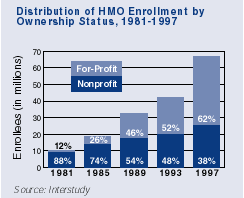
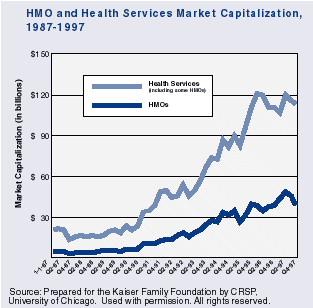
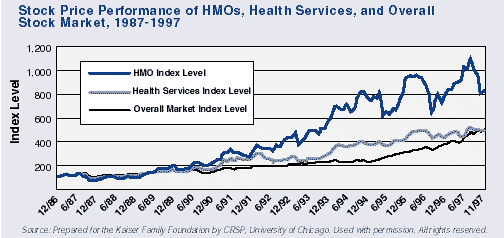
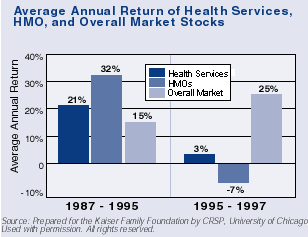



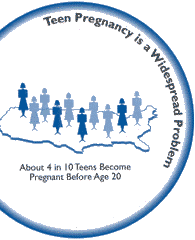 How widespread is teen pregnancy in the U.S.? More than four in 10 young women become pregnant at least once before they reach the age of 20 – nearly one million a year.
How widespread is teen pregnancy in the U.S.? More than four in 10 young women become pregnant at least once before they reach the age of 20 – nearly one million a year. 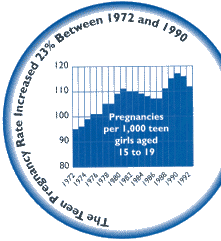 Are more teens getting pregnant today than two or three decades ago? The pregnancy rate among all teen girls aged 15-19 rose 23 percent between 1972 and 1990, and then fell slightly in 1992. This increase occurred because of a rise in the proportion of teenagers who have had sexual intercourse. During the same time, the pregnancy rate among sexually experienced teen girls decreased 19 percent, largely due to the fact that many more teens use contraception today than did in the past. Most (71%) sexually active teens use contraception.
Are more teens getting pregnant today than two or three decades ago? The pregnancy rate among all teen girls aged 15-19 rose 23 percent between 1972 and 1990, and then fell slightly in 1992. This increase occurred because of a rise in the proportion of teenagers who have had sexual intercourse. During the same time, the pregnancy rate among sexually experienced teen girls decreased 19 percent, largely due to the fact that many more teens use contraception today than did in the past. Most (71%) sexually active teens use contraception.

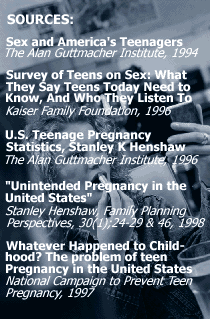 When are teens most likely to get pregnant? Pregnancy risk is high right from the beginning of sexual activity: half of all first teen pregnancies occur in the first six months after sexual activity begins.
When are teens most likely to get pregnant? Pregnancy risk is high right from the beginning of sexual activity: half of all first teen pregnancies occur in the first six months after sexual activity begins. 